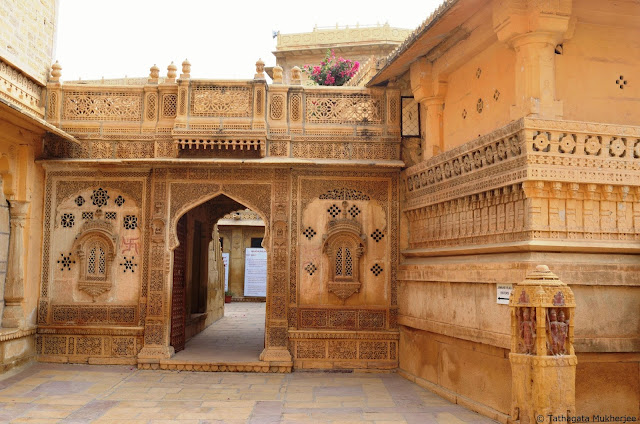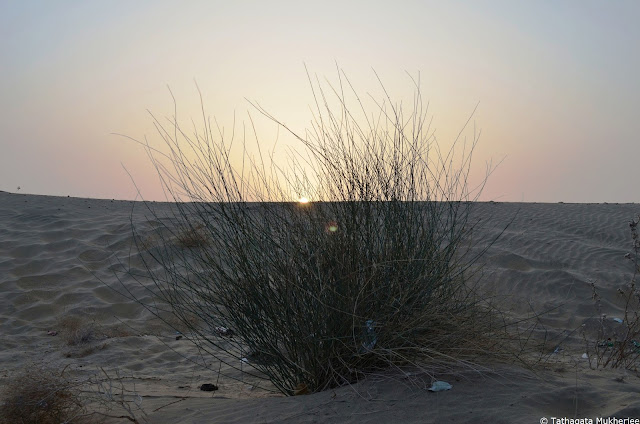Dictionary meaning of Radicalism is “the opinions and
behavior of people who favor extreme changes especially in government and Radical is the person “believing or expressing the belief that there should be great or extreme social or political change.”
Radicalism as a concept can be
associated to not only extreme leftist thoughts, but also with extreme rightist
Conservatism, Nazism or Fascism. The colour of radicalism changes from one
geological boundary to another, depending on the uniqueness of political,
social or religious standard maintained in the region. Significance of
political radicalism in British and American history is quite distinct. Republican
radicals in 1860s America preached for abolition of slavery whereas the Anti-
Corn Law League of 1820s, defined as an example of British radicals, took an
attempt to lead a moral and religious crusade bringing the end of aristocratic
privileges.
Modern world history
shows that the character of radicalism remains same whatever philosophy this
supports. Theoretically radicals may use violent or non-violent means to bring
changes they aim at; and there lies the danger with radicalism.
If our discussion
remains within the realm of modern history, “Ism” signifies concept or idea that
is believed to be able to rule people’s life. Its survival is very much
dependent on preaching. One’s personal belief or even the belief of a very
small group of people cannot bring change in social or political or economic
environment anywhere, neither this can rule people’s life. Hence, believers in
an “ism” try to bring as many people as possible into their belief. Also in
case of radical concepts, growing the number of believers is the first stage of
its development, similar to any monotheistic religion. In this stage, there is
hardly any difference visible between a radical and non-radical idea.
In the second stage, the
group of believers strive to bring a big change somewhere with an objective to
rule all the people’s life around. Non-radical ideas and their believers tend
to bring the targeted change naturally, aligning with prevalent system.
Therefore, these changes do not create any turmoil in social, economic or
political life. “Green revolution” concept implemented in Indian agriculture
sector in 1960s started with an objective of bringing big change in
agricultural system. This brought a big change in Indian agricultural community’s
life and economy as well. But that did not create uproar of objection. Difference in case of radical idea is, when the
group of believers finds that change\conversion is not possible through
non-violent way, they do not mind applying the violent means. Hence, a fascist
believes in establishing own supremacy through radicals movements – like Mussolini
did. A Nazi radical may believe in elimination of Jews and the Marxist radical
in the elimination of inequality by killing unwanted people they call
bourgeois.
Post Second World War
and post independence India has seen radical movements. Take the example of the
one during the process of independence when the radical thoughts of a section
of erudite politicians made them understand that dividing the country on the
basis of religion would bring cordial changes in the life of independent India.
14 millions of people were displaced. In other words, millions of people had to
migrate to unknown future just to have the freedom to follow own religion. That
remained largest mass migration in history till date. Properties looted, women
and children tortured beyond imagination and people staying in areas marked for
exchange had fallen victims of genocide – the number of people killed was no
less than 200000. The wound in the affected families never healed.
Naxalite movement in
West Bengal in late 1960s started with another radical concept. An uprising of landless
labourers was set as a symbol of freedom from oppression by a group of, again
lettered leaders, which was determined to eliminate oppression from societies
by using Maoist political ideology. Some leaders dictated group members, mostly
young students brought into the group by ideological preaching, to annihilate
all “class enemies” (mainly businessmen, teachers, landlords, police officers
and political leaders) to reach the dream society of “all-equals”. An all out war
against the state lead to killing spree – fuelled by radical theoreticians and
fanned by Govt. Even pain inflicted from this movement in the minds of affected
people never relived.
Let’s not make the list
lengthy by citing examples India has seen in last 70 years. What we learnt from
our recent history is that, whenever some radical idea was applied to bring
(even positive) changes, it produced anarchy. And that is where we see the
threat of radicalism.
True there are countries
in the world where possession of gun symbolizes power. There are countries
where violent revolts are considered to be only option to form desirable social
environment. There are western theories which consider unrest a supporting
phenomenon behind intellectual development of people.
But common Indian
parents do not send children to educational institutes to practice public
kissing – things those can be practiced inside home, but to learn how to make a
living. Common Indians don’t want their children to become leaders preaching
for revolt against state, but to take the role of responsible human being
saving their families and societies from disaster. Spreading radical thoughts shatter the dream
of common Indians to have their peaceful meal with all family members around –
sometimes three generations present together. Education is supposed to bring
positive changes here – slowly and steadily, so that every generation starting
from an octogenarian to a newborn finds own place in it. Indians do not want to
build their monument of success over the dead. Killing neighbours over their
food habit is not considered an option for social cleansing by common Indian. Another
thought of splitting the country into pieces (even if that enchants the radical
idea of ensuring freedom) brings back the memory of 1947 genocide, or the
Kashmiri Pandits helplessly living on New-Delhi streets. That is reason Indian
commoners oppose radical thought process – they do not feel safe in turbulence
like some of our erudite politicians do.







































































